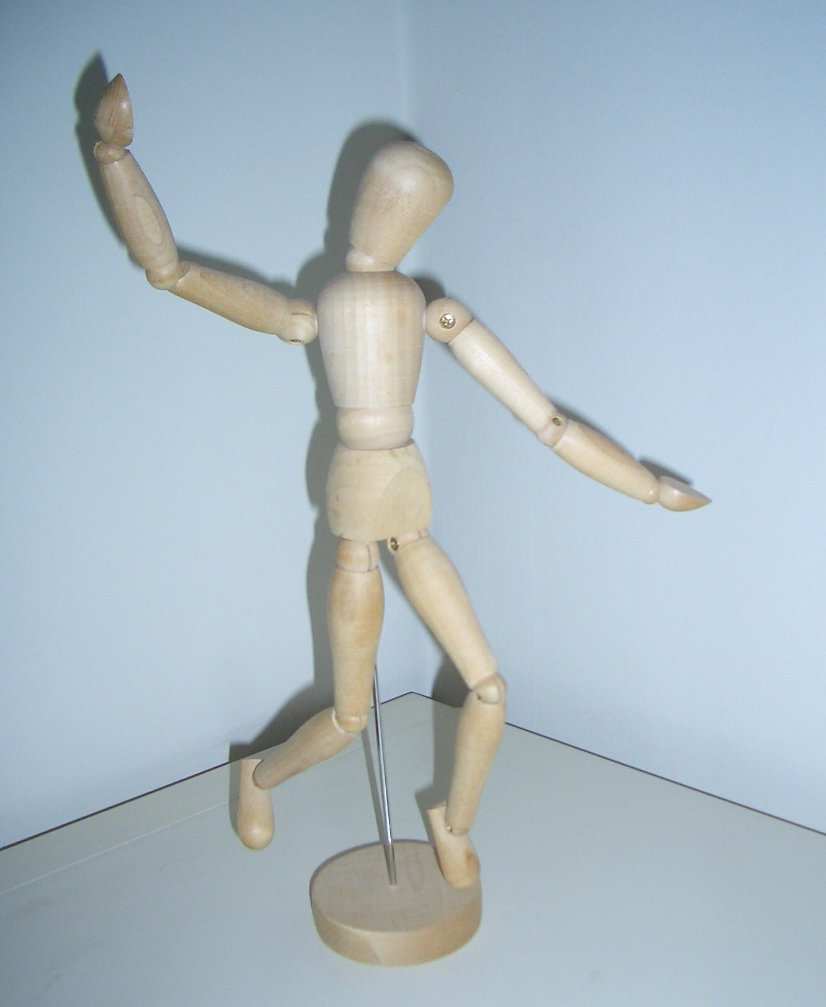As a leader you have to keep a commitment, lead a group, negotiate or be creative. Do you ever consider how your body will enable or disable you from completing these actions? Or, like many of us, do you simply consider your body the vehicle that carries your head around?
Most of us have been trained to think rationally and logically. We believe that knowledge is key. Yet have you sometimes noticed how knowing something logically is not enough? For example, you know that you have limited time or resources and don’t have the capacity to take on another responsibility. Yet when a client, colleague or your child asks for something you’re not able to say “no”. You agree to their request adding yet another action to your already long “to-do” list. As a result it may become overwhelming and you find yourself unable to deliver on all your commitments. Your body is not practised at setting boundaries and declining requests.
Many people are familiar with the concept of body language. These are the signs that we see and interpret based on other’s body movements. Some typical examples are facial expressions or crossing arms over the chest. The latter is often interpreted as a sign that someone is defensive or closed to a proposal. These signs or clues are part of how we communicate beyond words.
However, what I am referring to when I am talking about the body (or somatics) goes deeper than an interpretation. When I work with my clients we explore their body dispositions or how they shape their bodies. We experiment with how they can adjust their body so that they can move in ways that enable them to be more powerful leaders, more creative or better negotiators.
In particular, we work with body archetypes. There are many and we focus on five key archetypes.
Warriors stand firm, are not easily swayed, can cut through opposition and deliver on their commitments or vision.
Lovers are more flexible or yielding, they are more able to listen and lean in to their colleagues and clients at the negotiating table. They tend to say “yes” and consider the other’s perspective.
Sovereigns own and survey their domains. They take up space at the board table. They address their teams from a superior or overarching position.
Jesters are outsiders, they are playful and creative. They brainstorm and “chew the fat” to come up with new ideas and products.
Mother Earth types are centred and grounded. They tend to be reflective and not easily flustered and recover from triggers.
How do you think each of these body archetypes:
- breathe,
- hold themselves,
- walk and enter a room,
- sit down at the table,
- rally the troops and
- communicate with naysayers?
If you watch successful leaders, salespeople, orators and innovators you will notice the differences.
Are you able to adapt to different situations by flexing how you breathe, stand, move, sit, walk and enter a room?
The next time you find yourself in such a situation jot down in your journal how your body was positioned and how you were breathing.
Notice if you favour a particular set of moves and whether they serve you well in achieving your objective. If not consider what you could do differently and emulate role models who you admire. Successful leaders are able to flex their body dispositions.
If you would like to discuss in more detail leave a reply below or at sylvana@sylvanacaloni.com. You can also call me on UK +44 (0)20 7226 3611 or +44 (0) 7952 068133.
Resources:
Hamill, P. (2013). Embodied Leadership. London: Kogan Page
Heller, S. & Surrenda, D.S. (1994). Retooling on the Run. Berkeley: Frog Publications.
Strozzi-Heckler, R. (2007). The Leadership Dojo. Berkeley: Frog

